Temperature Increase
Global warming is defined as the global average (land-sea) surface temperature increase, from pre-industrial (20th century av. 1901-2000)
CLIMATE EMERGENCY INSTITUTE
'The commitment from constant greenhouse gas concentrations would correspond to approximately 2C warming' (IPCC AR5 WG1 12.5.2).


Recorded Global warming is higher :
>in the night-time than the day
(March 10, 2016, Research)
>in the night-time than the day
(March 10, 2016, Research)
>over land than over sea (sea surface temperature)
>over central continents
>in the northern hemisphere than southern and
> highest in the Arctic (feedback amplification)
>over central continents
>in the northern hemisphere than southern and
> highest in the Arctic (feedback amplification)
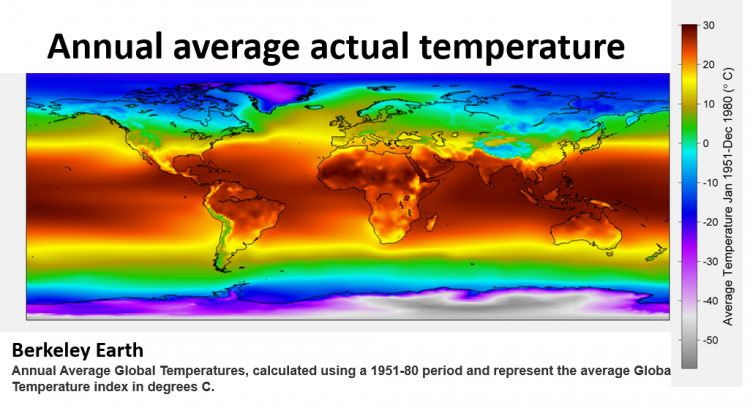
OCEANS 93% of added GHG heat has gone to the oceans, makes ocean heat a better single metric than global surface warming
Feb 2017 Global warming is 170X faster than natural long term background
202O !
February was 1.54°C, Siberia +10°C
NASA expert team Climate Science Awareness Feb 2020
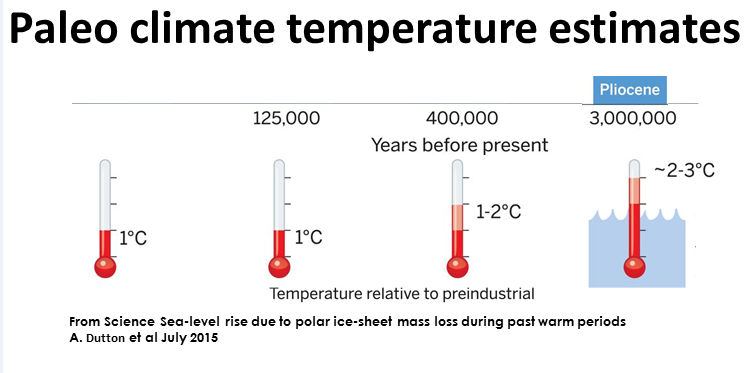

The global surface temperature change is clearly acceleratingsince the pre-industrial era starting with a rapid reversal of a cooling trend, is clearing accelerating since mid-century and as reported by NASA climate experts (Jan 2020) is accelerating even over just the past decade.
An exponential trend curve has been fitted to the full NASAS GISS data


WET BULB TEMPERATURE is heat combined with humidity which has a lethal limit. 8 May 2020 Emergence of heat & humidity too severe for human tolerance
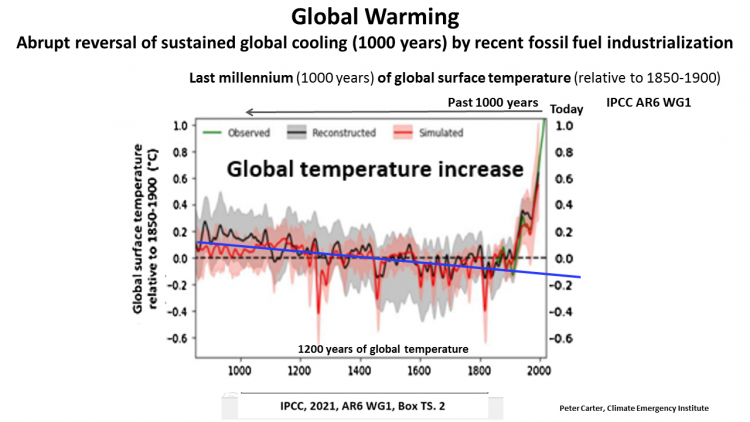
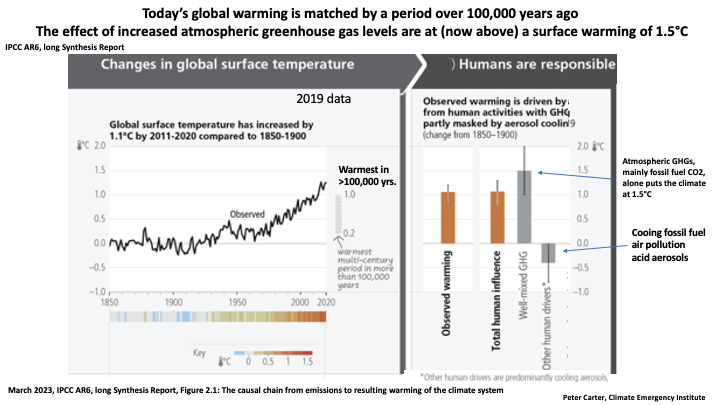
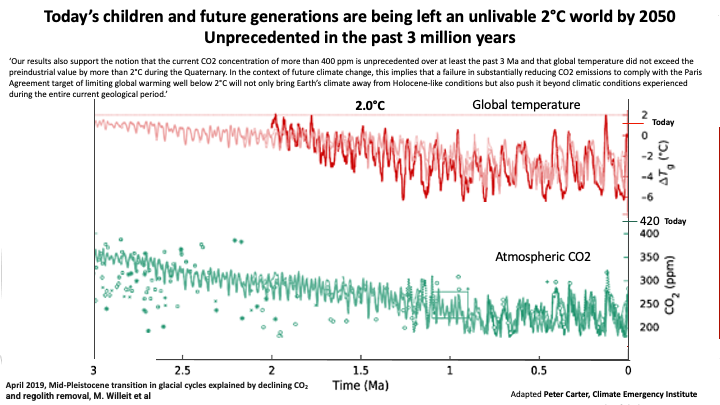

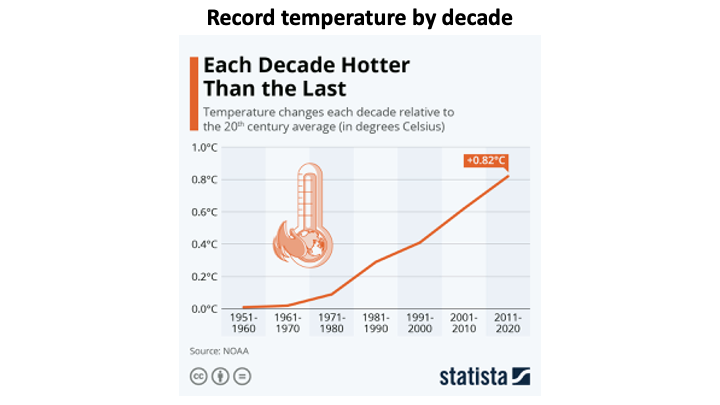
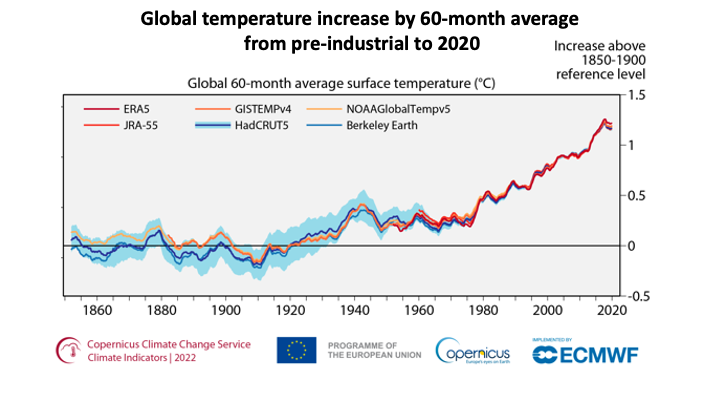
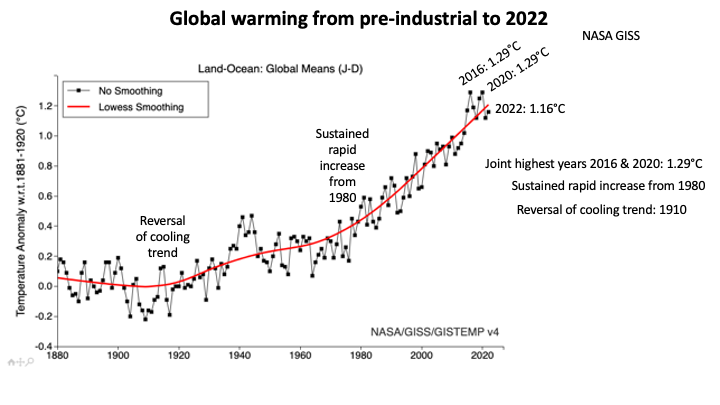
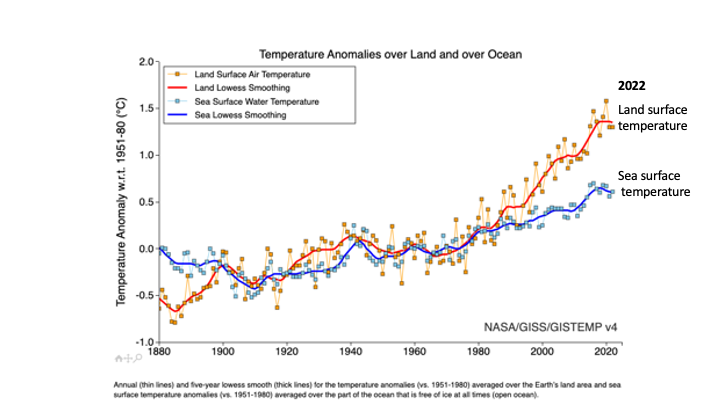
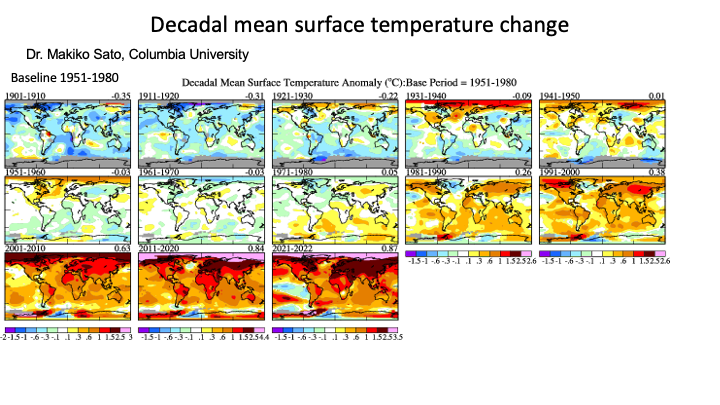
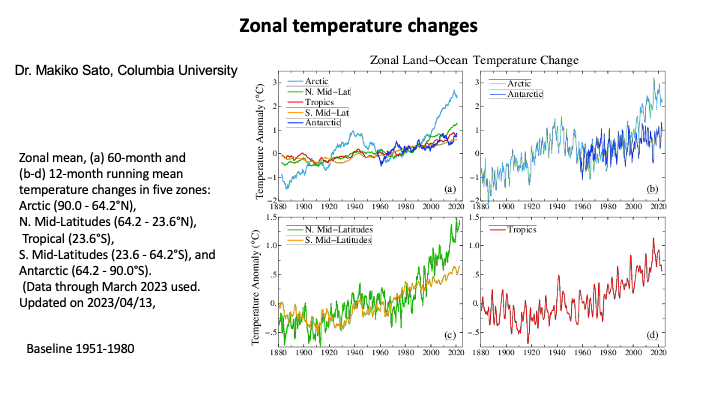
20th century average
is 1901-2000
Pre-industrial correction
is 0.24°C
Copernicus 1991-2020
add 0.87°C
is 1901-2000
Pre-industrial correction
is 0.24°C
Copernicus 1991-2020
add 0.87°C